New Hire Checklist
Hiring an employee is a significant decision, and knowing where to begin can be challenging. Below is a checklist to help you get started on your journey as an employer. This is just the beginning—EmployerESource is here to support all your human resources needs.
Job Description
Creating a job description helps you focus on the specific tasks and responsibilities the position will entail. This not only streamlines your recruitment efforts but also enhances your interview process and reference checks. By clearly defining what you're looking for, you'll be better equipped to identify candidates who are a good fit and will succeed in the role.
Visit EmployerESource to download a free, generic job description template. You can also contact EmployerESource for assistance in developing customized job descriptions tailored to your needs. Our job descriptions are designed to support work compensation claims and Americans with Disabilities Act (ADA) claims.
Legal Paperwork
There are state and federal legal requirements to consider when employing individuals.
Form W 4 –
Every employee must provide an employer with a signed withholding exemption cortication Form W-4 on or before the date of employment. The employer must then submit Form W-4 to the IRS.
Employee Eligibility Verification / I-9
Federal law requires employers to verify an employee’s eligibility to work in the United States. Within three days of hire, employers must complete Form I-9, employment eligibility verification, which requires employers to examine documents to confirm the employee’s citizenship or eligibility to work in the U.S. Employers can only request documentation specified on the I-9 form. Employers do not need to submit the I-9 form with the federal government but are required to keep them on file for three years after the date of hire or one year after the date of the employee’s termination, whichever is later.
State Taxes
Depending on the state where your employees are located, you may be required to withhold state income taxes. Reach out to your accountant for specifics.
State’s New Hire Reporting Program
All employers are required to report newly hired and re-hired employees to a state directory within 20 days of their hire or rehire date.
Employer Identification Number (EIN)
Before hiring your first employee, you need to get an employment identification number (EIN). It’s also referred to as an Employer Tax ID or as Form SS-4.
The EIN is necessary for reporting taxes and other documents to the IRS. In addition, the EIN is necessary when reporting information about your employees to state agencies.
Workers Compensation Insurance
All businesses with employees are required to carry workers’ compensation insurance coverage through a commercial carrier, on a self-insured basis or through their state’s Workers Compensation Insurance program.
Payroll System
You need to find the right payroll system for your needs. Look for a company that is simple to manage while being legally compliant.
Employee Files
Employees files should include:
· Employees application
· Signed w-4
· Medical Information
· Training Information
· Performance Reviews
· Emergency Contact Information
· Direct Deposits
· Employee Handbook Signature Page
I-9’s should be kept together in a file.
Write and Posting a Job
Writing and posting a job description has become more of a marketing strategy than just a simple advertisement. Job postings have shifted to emphasize quick, engaging information. Selling the job is crucial for candidate engagement, but this must be done while providing a detailed description of the role and the ideal candidate you're seeking, all while ensuring compliance with legal requirements.
For help in writing and posting jobs please contact EmployerESource. Visit our website for webinars on job postings.
Some States have pay transparency laws. EmployerESource builder will tell you what states laws apply to your state.
Job Application
Company employee applications provide the ability to compare applicants in a structured format, ensuring that the same information is gathered from each candidate.
EmployerESource helps companies create customized applications to gather industry-specific applicant information. This streamlines the hiring process, saving both time and resources."
Contact us today to create a customized application tailored to your needs.
The Importance of an Application as a Legal Document
One of the most important aspects of an employment application is its role as a legal document. States have specific laws governing the inclusion of information, such as background checks and past salary history. Employers must ensure their applications comply with current state laws to avoid legal complications.
Additionally, an employment application provides the company with the opportunity to clearly outline key legal requirements, including:
Background Check Authorization: A release allowing the employer to conduct a background check.
At-Will Employment Statement: Clarification that employment may be terminated at any time by either party.
Equal Employment Opportunity (EEO) Statement: Assurance of non-discrimination in hiring practices.
Truthfulness Requirement: A declaration that all information provided by the applicant is accurate and truthful.
Employers should regularly review and update their application forms to ensure they align with both legal standards and organizational needs.
The growing trend of using digital applications and applicant tracking systems has streamlined the hiring process for many companies. While these tools can be highly effective, it is important to note that states have specific regulations governing their use. To ensure compliance, contact us or explore our Employee Handbook Builder to review the laws applicable in your state.
Background Check / Pre-Employment Screening
Conducting a background check is one of the most underutilized tools available to employers. Both state and federal laws provide guidelines for these checks, including the need for required releases and information to be provided to applicants before initiating the process.
A thorough background check can offer valuable insights into an applicant, verifying the accuracy of their claims during the interview and assessing whether they possess the skills needed to perform the job as described in your job posting. By leveraging this tool effectively, employers can make more informed hiring decisions and minimize potential risks.
Job Offer
Companies should provide a job offer letter to all new hires, outlining essential information such as pay, start date, and other key details. This document also gives the company an opportunity to emphasize critical policies, including deal-breaking employee conduct, such as attendance expectations or compliance with HIPAA regulations. A well-crafted job offer letter ensures clear communication and sets the foundation for a professional and compliant employment relationship.

